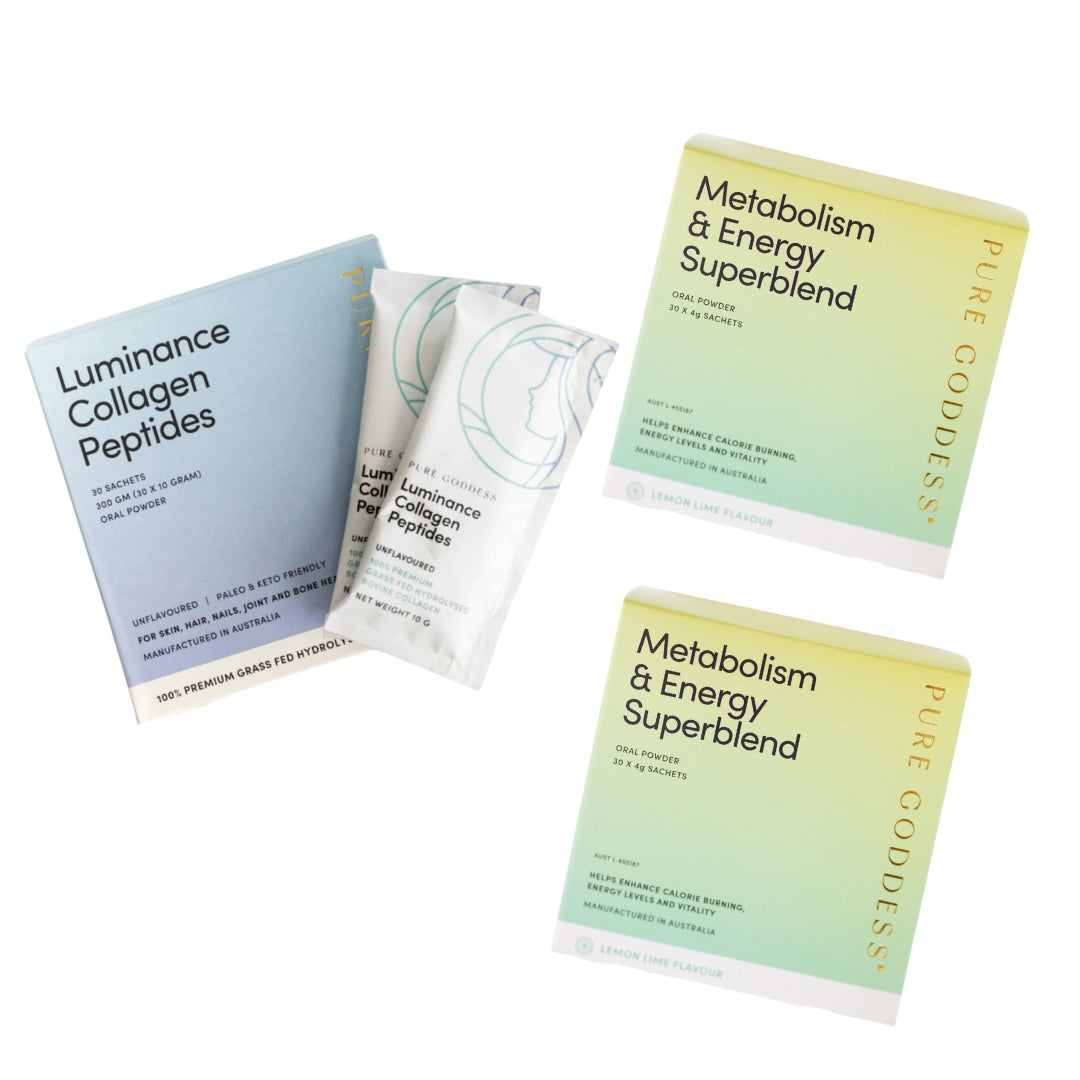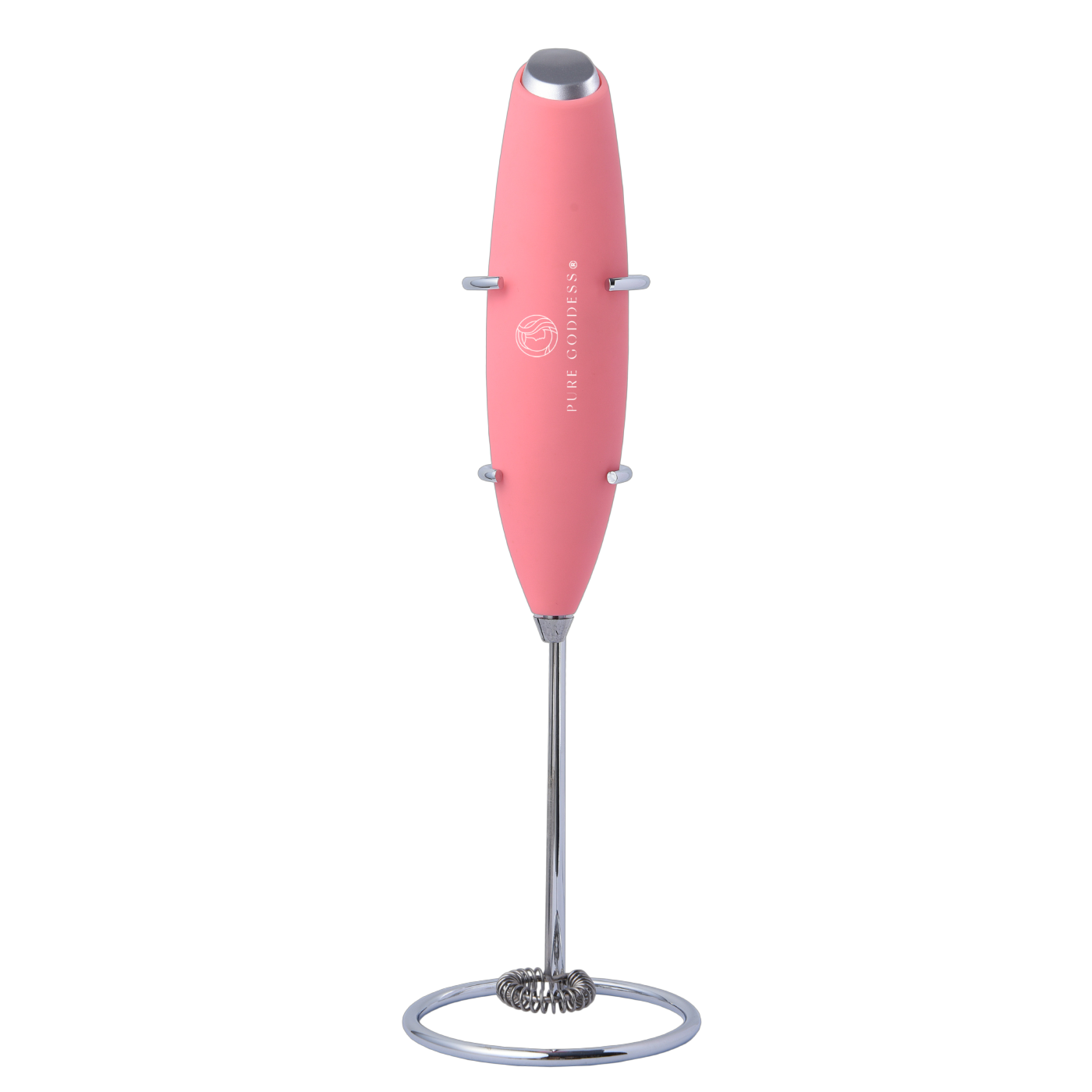
Breast Density: The New Frontier in Breast Cancer Awareness for Aussie Women
If you’ve noticed more conversations about breast density in the news lately, you’re not imagining it. Breast Screen Australia has made a landmark policy update: from now on, every woman who undergoes a mammogram will be informed about her breast density. This is a powerful shift in breast cancer awareness and early detection for Australian women. But what exactly is breast density, why does it matter so much, and how can this information empower you to take charge of your breast health?
Let’s dive deep into what breast density means, how it affects cancer detection and risk, and what steps you can take if you have dense breasts. This knowledge could be a game-changer in your health journey.

Why Understanding Breast Density Matters
Breast density is more than just a technical term on your mammogram report, it’s a vital piece of your personal health puzzle. Knowing your breast density can:
-
Help you understand your individual risk for breast cancer
-
Influence how effective mammograms are at detecting cancer
-
Guide your decisions about additional screening options
-
Empower you to have informed conversations with your healthcare provider
For years, many Australian women were not told their breast density, leaving a gap in their understanding of their own health and potentially delaying early detection. Now, with this new policy, you have the chance to be better informed and proactive.
What Is Breast Density, Anyway?
Breast density refers to the amount of fibrous and glandular tissue compared to fatty tissue in your breasts, as seen on a mammogram. It’s not something you can feel or see, it’s only visible through imaging.
There are four categories of breast density:
-
Almost entirely fatty: Breasts contain mostly fat, which appears dark on mammograms. This makes it easier to spot abnormalities.
-
Scattered areas of fibroglandular density: Some dense tissue is present but scattered.
-
Heterogeneously dense: More areas of dense tissue, which can obscure small masses.
-
Extremely dense: Breasts are almost entirely dense tissue, making it very difficult to detect abnormalities on mammograms.
Approximately 40% of women over 40 have dense breasts (either heterogeneously or extremely dense). Breast density tends to be higher in younger women and can decrease with age, especially after menopause.
Why Does Breast Density Affect Cancer Detection?
Here’s the challenge: dense breast tissue and cancer both appear white on a mammogram. This “masking effect” means that tumours can blend in with the dense tissue, making them harder for radiologists to detect. This can delay diagnosis and treatment, which is why breast density is such an important factor in screening.
The good news: knowing your breast density allows you and your doctor to consider supplemental screening options, such as ultrasound or MRI, which can sometimes detect cancers that mammograms miss.
Breast Density and Cancer Risk
Breast density is not just about detection, it’s also linked to your risk of developing breast cancer. Women with denser breasts have a higher risk of breast cancer compared to those with less dense tissue.
Why is this?
Dense tissue contains more glandular and connective tissue, which may provide an environment more conducive to cancer development. Research shows that women with extremely dense breasts are 4 to 6 times more likely to develop breast cancer than women with fatty breasts.
While age, family history, and genetics remain important risk factors, breast density is now recognised as one of the strongest indicators of breast cancer risk.

The New Breast Screen Australia Policy: What It Means for You
Previously, many women were unaware of their breast density because it was not routinely reported. Breast Screen Australia’s new policy changes that. Now, every woman who has a mammogram through the program will receive information about her breast density.
This policy aims to:
-
Empower women with knowledge so they can make informed decisions about their breast health.
-
Improve early detection by encouraging discussions about supplemental screening for women with dense breasts.
-
Reduce breast cancer mortality by catching cancers earlier when they are more treatable.
What Should You Do If You Have Dense Breasts?
If you find out you have dense breasts, it’s important to remember that this is common and not a diagnosis of cancer. Here are some practical steps you can take:
1. Stay Calm and Informed
Dense breast tissue is common and doesn’t mean you have cancer. It simply means you may need to be more vigilant about screening.
2. Talk to Your GP or Specialist
Discuss your breast density and overall risk factors with your healthcare provider. Together, you can decide if supplemental screening like ultrasound or MRI is appropriate for you.
3. Continue Regular Mammograms
Even if you have dense breasts, mammograms remain an important screening tool. Supplementary tests serve as extra tools designed to enhance detection.
4. Be Breast Aware
Know what’s normal for your breasts. Perform regular self-checks and report any changes such as lumps, pain, or nipple discharge to your doctor promptly.
5. Adopt a Healthy Lifestyle
While breast density itself isn’t something you can change, lifestyle factors can influence your overall breast cancer risk. Maintain a healthy weight, exercise regularly, limit alcohol intake, and eat a balanced diet rich in fruits and vegetables.
Supplemental Screening: What Are Your Options?
For women with dense breasts, additional screening methods may be recommended:
-
Breast Ultrasound: Uses sound waves to create images of breast tissue. It can detect cancers hidden by dense tissue but may also lead to more false positives.
-
Magnetic Resonance Imaging (MRI): Highly sensitive and useful for high-risk women, though more expensive and less widely available.
-
3D Mammography (Tomosynthesis): Provides a layered view of the breast, improving detection rates in dense tissue.
Your healthcare provider can help you weigh the benefits and risks of these additional tests based on your personal risk profile.
The Bigger Picture: How This Policy Change Benefits All Aussie Women
By making breast density information standard practice, Breast Screen Australia is leading the way in personalised breast cancer screening. This approach recognises that one size doesn’t fit all when it comes to breast health.
Benefits include:
-
Earlier detection of breast cancer in women with dense breasts
-
More tailored screening strategies based on individual risk
-
Increased awareness and education about breast health
-
Potentially lower breast cancer mortality rates across the population
This policy is a step forward in making breast cancer screening smarter, more effective, and more inclusive.

Final Thoughts: Knowledge Is Power
Breast density is no longer a hidden factor in breast cancer risk and detection. Thanks to Breast Screen Australia’s new policy, every woman will have access to this vital information.
If you’re due for a mammogram, book it. When you get your results, ask about your breast density. If you already know you have dense breasts, talk to your doctor about what this means for your screening plan.
Sharing this information with the women in your life can make a difference. Together, we can raise awareness, encourage early detection, and improve health outcomes for all Australian women.
While breast density itself isn’t something you can change, lifestyle factors can influence your overall breast cancer risk. Maintaining a healthy weight, eating a balanced diet rich in fruits and vegetables, and supporting your body with targeted supplements. Take a look at our Pure Goddess Menopausal AF for hormone balance.




Leave a comment
This site is protected by hCaptcha and the hCaptcha Privacy Policy and Terms of Service apply.